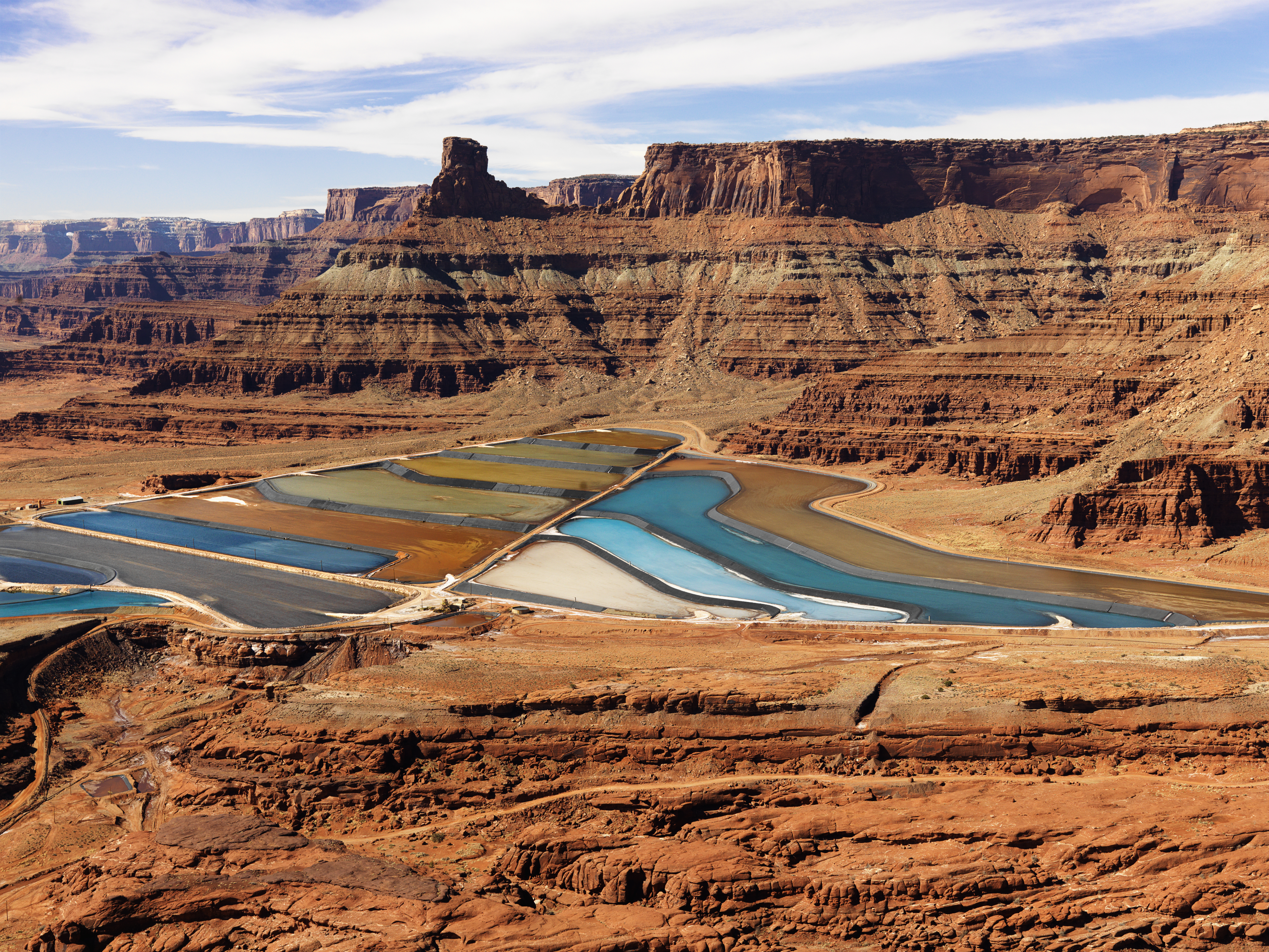The mining business environment is constantly changing; it would not be an overstatement to say that the paradigm is shifting, as mines face new challenges. The pressing issues are not only about low-grade ore bodies and mines going deeper, but also about long-term environmental impacts.
Mining involves the processing of mined ore to separate valuable minerals, leaving behind huge volumes of waste tailings. Driven by mining volumes, globally generated tailings are estimated to total ~3.2 bn tons for copper and ~1.8 bn tons for iron per annum. Water conservation and the cost of tailings and reclamation are also becoming increasingly significant factors for sustainable and economically viable mining and long-term survival.
Challenging the conventional
The way tailings are handled can have a long-term impact on economic efficiency as well as on community well-being and ecosystem sustainability. The recent tailings dam failures have brought safety and environmental concerns to the forefront; there have also been stronger regulatory compliances affecting the social license to operate in many regions.
We view dry filtered tailings as the most viable and long-term solution for tailings handling, as it not only helps in recycling significantly more water to the concentrator, but also allows for a smaller freshwater footprint compared to traditional tailings impoundments. Contrary to the conventional belief, dry tailings are much more CAPEX and OPEX efficient compared to wet or paste/thickened tailings. Technology is evolving and shifting the gears towards the adoption of smart and hybrid solutions that maximize ore and water recovery while optimizing operational costs.
Enabling a water-positive world
Water is an essential component supporting an array of activities in mineral processing. Today, about 70% of the mines operated by the major mining companies are in countries where water scarcity is considered as the major risk. Therefore, responsible water use is the primary driver of the growing interest in tailings dewatering – especially in countries like Peru, Chile, the US and South Africa, where the significant mines are in dry areas.
The industry needs future-ready and smart filtration solutions to solve complex tailings handling challenges. Backed by proven technology and industrial knowledge, we are ahead of the curve in developing the most efficient dewatering solutions with an intense commitment to maximize water recovery and reuse.
Getting future ready
A lot of old tailings facilities have residual mineral values, or secondary metals that were not of interest at the time. With the advent of novel technologies, mining companies are now figuring out ways to extract valuable metals from tailings. There are ongoing feasibility studies and capabilities to look into legacy dams enabling customers to plan an “end of the mine” strategy.
Reprocessing could provide opportunities to help in environmental reclamation, while at the same time offering an attractive investment opportunity. Treating tailings ponds as a potential source for converting “waste to value” would surely help in changing the way the mining industry has been perceived all these years.

